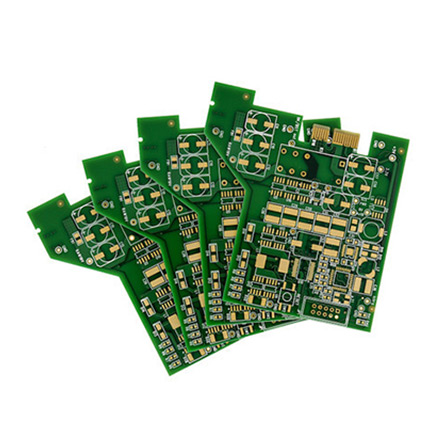

The Wonders of Transparent Mirror Glass A Modern Marvel
In the realm of modern design and architecture, transparent mirror glass has emerged as a fascinating intersection of aesthetics, functionality, and cutting-edge technology. This innovation, which beautifully blends both reflective and transparent properties, serves a multitude of purposes, ranging from privacy solutions to artistic expressions. Understanding its applications and benefits can provide insight into why transparent mirror glass is becoming increasingly popular in various industries.
What is Transparent Mirror Glass?
Transparent mirror glass, also commonly referred to as one-way mirror glass or two-way mirror glass, is a unique type of glass that can reflect light from one side while allowing light to pass through from the other. This is achieved through a special coating applied to the glass surface, which creates a semi-reflective quality. When one side is well-lit and the other side is darker, the glass reflects the light from the brighter side, rendering the darker side partially transparent.
Applications in Architecture and Interior Design
One of the most prominent applications of transparent mirror glass is in architecture and interior design. Its unique properties make it an ideal choice for modern buildings, offices, and homes. Architects utilize this glass to create elegant facades that not only reflect the surrounding environment but also allow natural light to permeate interior spaces. The result is a harmonious blend of indoor and outdoor spaces, fostering a sense of openness and connection with nature.
In interior design, transparent mirror glass is often used in areas that require privacy without sacrificing light. For instance, it’s commonly found in bathroom windows, conference rooms, and dressing areas. The glass allows occupants to enjoy natural light while maintaining their privacy, a feature that is particularly beneficial in urban environments where space and light can be at a premium.
Artistic Expressions and Virtual Displays
Besides its architectural uses, transparent mirror glass has found its way into the art world and technological applications. Artists have begun to harness its reflective properties to create stunning installations that engage viewers in new ways. By playing with light, reflection, and transparency, artists can craft immersive environments that challenge perception and provoke thought.
Furthermore, as technology advances, the integration of transparent mirror glass into digital displays has opened up exciting possibilities. Retailers and advertisers are employing this material in smart mirrors, which combine traditional reflection with digital interfaces. Shoppers can try on clothes and see additional information or styling suggestions displayed on the mirror. These innovations not only enhance customer experience but also transform the way retail spaces engage with consumers.

Benefits of Transparent Mirror Glass
The use of transparent mirror glass comes with several advantages. Firstly, its ability to provide privacy while allowing natural light to flow enhances comfort and livability in spaces. This is especially critical in commercial settings where meetings and confidential discussions are held.
Additionally, transparent mirror glass contributes to energy efficiency. By allowing natural light into buildings, it reduces the need for artificial lighting during the day, thereby decreasing energy consumption. This aligns with the growing trend toward sustainable building practices and eco-friendly materials.
Moreover, the aesthetic appeal of transparent mirror glass cannot be overlooked. Its sleek, modern look can elevate any design, adding a touch of sophistication. Whether used in residential homes, corporate offices, or public spaces, it enhances visual interest and supports contemporary design philosophies.
Challenges and Considerations
While the benefits of transparent mirror glass are numerous, it is essential to consider certain challenges as well. One main concern is the balance of lighting conditions; for optimal performance, the side intended to be more reflective must have greater illumination compared to the opposite side. This can complicate its installation in buildings with variable lighting throughout the day.
Maintenance is another factor to consider, as the reflective surface can show smudges and fingerprints more readily than standard glass, necessitating more frequent cleaning to maintain its sleek appearance.
Conclusion
Transparent mirror glass stands at the forefront of innovation in architecture, design, and technology. Its unique properties provide practical solutions to modern challenges while enhancing the aesthetic quality of spaces. As more designers and architects explore its potential, it will undoubtedly continue to influence how we think about light, reflection, and privacy in our built environments. With its multifaceted applications and growing popularity, transparent mirror glass is not just a material; it is a modern marvel that shapes the way we interact with our surroundings.